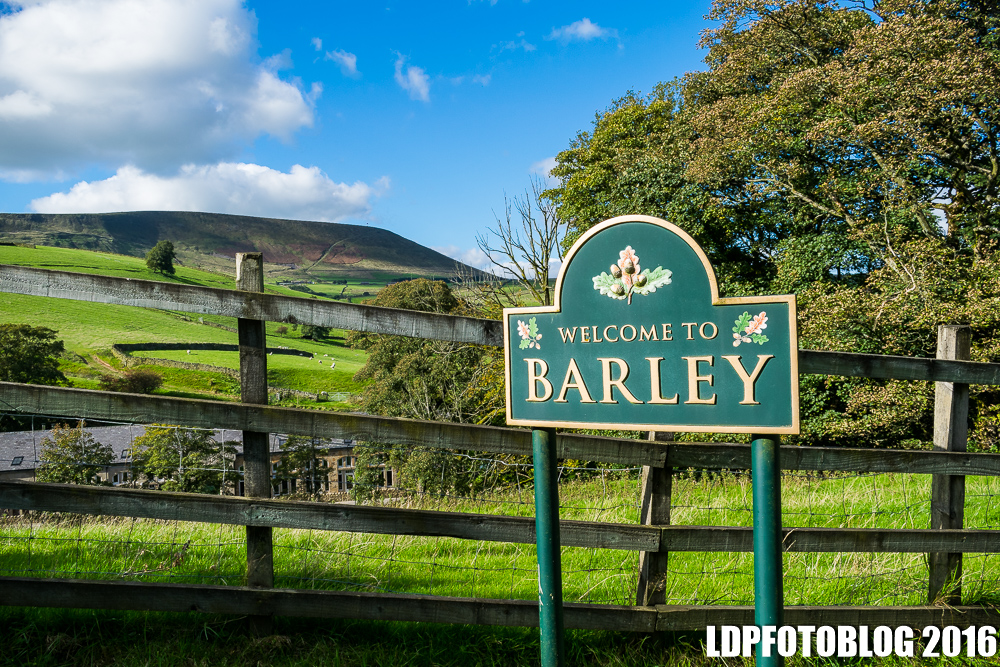England. Lancashire. Barley. October. 2016
Camera Nikon D3300 with nikkor 18-55mm lens.
England. Lancashire. Barley. October. 2016
Camera Nikon D3300 with nikkor 18-55mm lens.





Barley is a village in the borough of Pendle, in Lancashire, England.
The village lies between Black Moss Reservoirs and Ogden Reservoirs and is inside of the Forest of Bowland Area of Outstanding Natural Beauty (AONB).
The village is situated close to Pendle Hill and is a popular starting point for walkers of this hill. The circular Pendle Way long-distance trail passes through here.
After a cow farm was established around 1266, Barley earned its livelihood from agriculture. This continued up until the 18th century. During the 18th-century textiles began to be manufactured as an extra source of income. The brooks around Barley offered an effective source of waterpower which led to the building of several cotton factories. Two small cotton mills were built at Narrowgates and Barley Green. At its height, Barley Green Mill had 200 looms, until floods destroyed the building in 1880. The cotton twist mill at Narrowgates, which was built by William Hartley to spin cotton warp thread, and the adjacent weavers cottages survive and are now private houses.
In December, United Utilities engineers were “stunned” to unearth a 17th-century cottage, complete with a cat skeleton, during a construction project in the village, near Lower Black Moss reservoir. There has been some speculation that the well-preserved cottage could have belonged to one of the Pendle witches, although there is no evidence to suggest that it did. Simon Entwistle, an expert on the witches, said: “In terms of significance, it’s like discovering Tutankhamen’s tomb”. Frank Giecco, from NP Archaeology, who unearthed the building, said: “It’s like discovering your own little Pompeii. We rarely get the opportunity to work with something so well preserved.” Many artefacts from the building’s latter years, such as Victorian crockery, a tin bath and a bedstead, were discovered around the site.
Sunday trip to Pendle Hill. England. Lancashire .2016 .
A new way to explore the world that includes hidden wonders, people, interesting articles, strange photos and popular places.
Poezje i zmyślone historie.
Showing the beauty of this world through the people, places and culture
Travel and photography blog
P H O T O G
A new way to explore the world that includes hidden wonders, people, interesting articles, strange photos and popular places.
Poezje i zmyślone historie.
Showing the beauty of this world through the people, places and culture
Travel and photography blog
P H O T O G
Raku pottery, vases, and gifts
Thoughts on photography and other things by Jeremy Moore.
Insight, information, and inspiration for the inquisitive nature photographer
Random Repeat
Where health meets poetry and blogs...
The untold story behind every picture.
Personal Blog
Walks and climbs
The city, Istanbul, and Nature
The Smile you send out always returns..Indian Wisdom